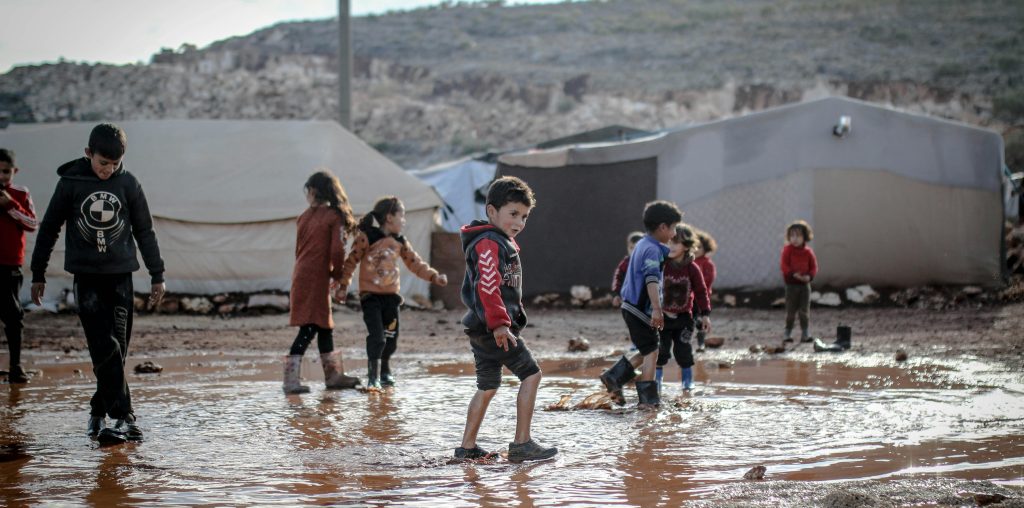| The goal is to inform, empower and mobilise women and communities so that they are better prepared to manage pregnancy and childbirth, wherever it occurs, and are able to actively seek quality MNH services when needed. This will impact on poverty within the project lifetime by reducing the maternal mortality and morbidity and related costs of emergency health care. Better health will increase women’s prodiuctivity and the likelihood their children will receive optimum care and education. The project design is based on the successful implementation of an RCT with partners at UCL’s Institute for Global Health (IGH) and PCP in Bangladesh. Implementing and evaluating a community-based intervention in three districts in Bangladesh we have successfully achieved a 38% reduction in newborn death rates (Fottrell et al, 2013). We also know from other similar community-based studies in South Asia and Africa that it is possible to reduce newborn death rates by up to 45% and maternal mortality rates by up to 55% (Prost et al, 2013) using this approach. We propose to develop a new project by expanding and adapting the RCT intervention into the ex-control areas in one district. We hypothesise that we will be able to achieve: an increase in the proportion of births attended by skilled health personnel from 25% at baseline to 31%; an increase in the proportion of pregnant women who received at least three antenatal care check ups by a formal provider from 44% at baseline to 53% (PCP data sources from the three proposed unions of Bogra district 2009-2011). We also anticipate that the intervention’s impact on birth preparedness, community solidarity and practical solutions to improve access to care and post-partum support mechanisms will lead to reductions in maternal mortality (MMR from 104/ 100,000 live births to 73) and in newborn mortality (NMR from 35/1000 live births to 24), relative to baseline levels. At community level, the project will, through women’s groups, health service strengthening and advocacy: (1) Help community members to recognise and act on their priority MNH needs and ensure they create demand for comprehensive MNH services; (2) Empower poor rural women to make their own decisions regarding MNH; (3) Empower communities to better understand the causes of ill health and to make better informed choices about access to health care services by enhancing their participation in service delivery, mobilisation and use of community resources for health promotion; (4) Develop the capacity of local leadership to ensure that they lead and implement community activities and have full ownership. | |
| TARGET GROUP (DIRECT AND INDIRECT BENEFICIARIES)
Who will be the direct beneficiaries of your project and how many will be expected to benefit directly from the anticipated poverty-reducing changes within the lifetime of the project?Please describe the direct beneficiary group(s) under a) below, differentiate where possible and provide numbers for each sub-category and then provide a total number in b). |
|

